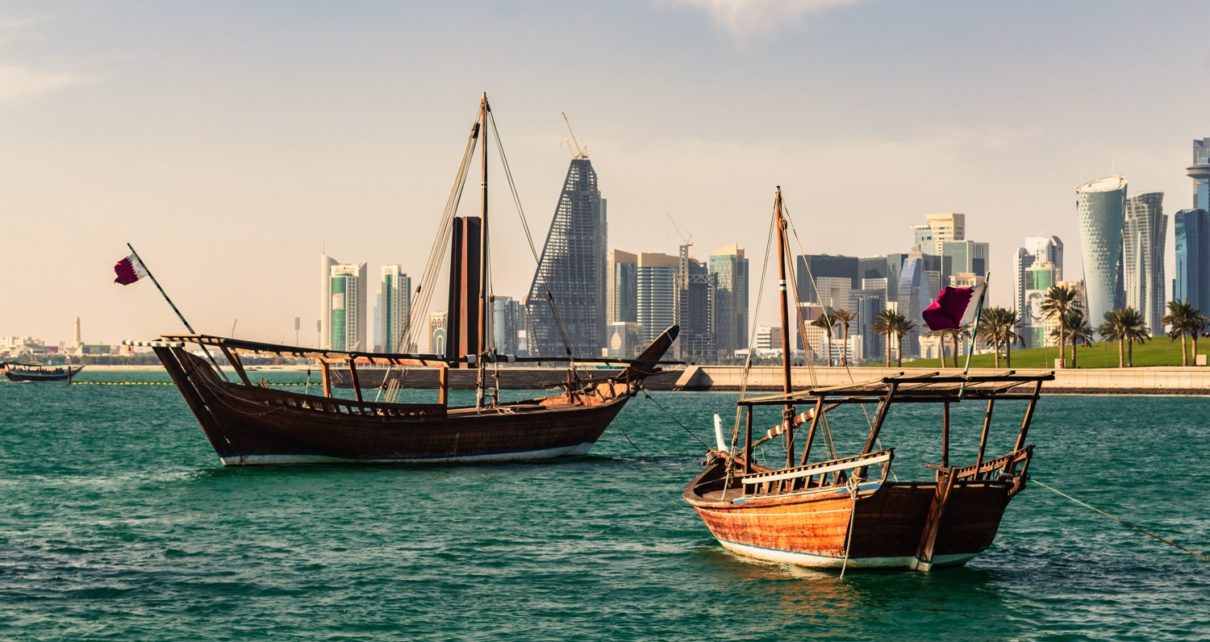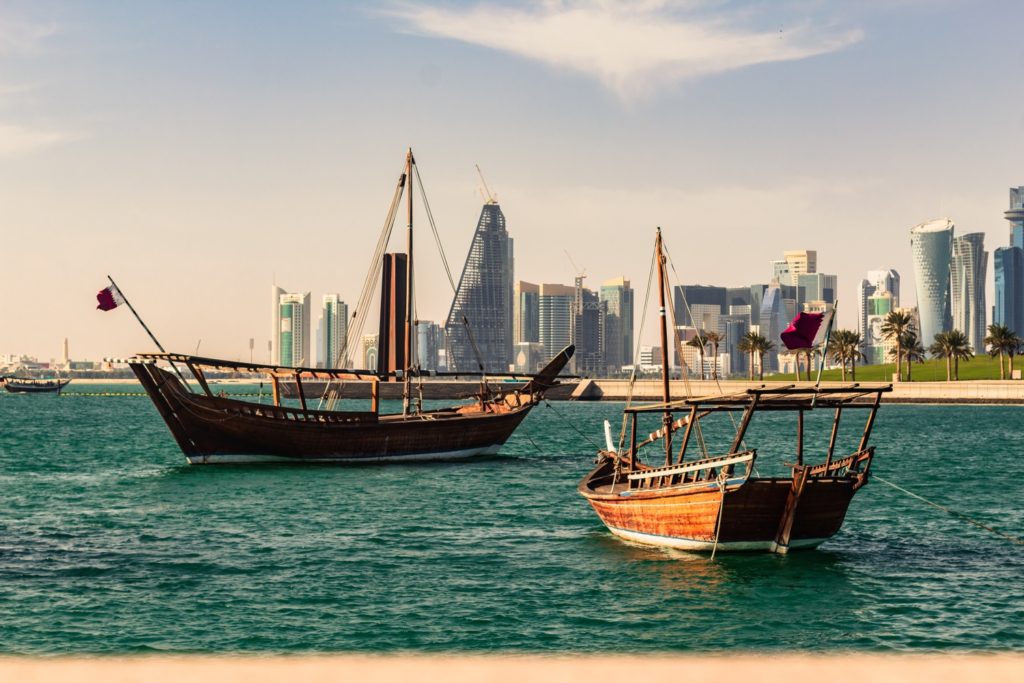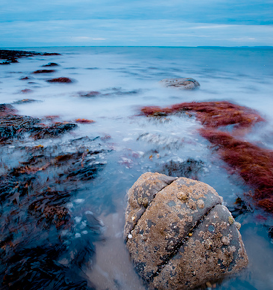In a world that seems to move faster every day, where vacations often feel like a race to tick off as many sights as possible, the concept of slow travel has become a breath of fresh air. Slow travel isn’t just a trend; it’s a mindset shift that allows you to truly immerse yourself in the places you visit, to connect with locals, and to savor the little moments that make a journey memorable.
What is Slow Travel?
Slow travel is all about taking your time. It’s about spending a week in one place rather than cramming five cities into a seven-day itinerary. It’s about walking instead of hailing a taxi, or spending an afternoon in a local café just watching the world go by. The beauty of slow travel is that it allows you to dig beneath the surface, to see beyond the tourist hotspots and experience a place in a more authentic, meaningful way.
Why Choose Slow Travel?
For many, the appeal of slow travel lies in the deeper connection it fosters with the destinations you visit. When you’re not rushing from one landmark to the next, you have the time to explore neighborhoods that aren’t listed in guidebooks, discover hidden gems, and engage with locals. This often leads to richer, more rewarding travel experiences.
Take, for example, the joy of renting an apartment in a quaint European town and spending your days like a local. You might wake up early to visit the farmer’s market, chat with the vendors, and learn about local produce. In the afternoon, you could explore nearby trails or take a leisurely bike ride through the countryside. Evenings might be spent in a local bistro, where you become a regular face, exchanging stories with the owners and other patrons.
This kind of travel not only enriches your experience but also benefits the local economy. By staying longer in one place, you’re more likely to support small businesses and contribute to sustainable tourism. Slow travel encourages you to live in the moment, to enjoy where you are, rather than constantly thinking about the next destination.
Embracing the Outdoors
One of the great things about slow travel is that it often leads you to embrace outdoor activities you might not have considered before. When you’re not focused on ticking off a checklist of sights, you have more freedom to explore and try new things.
For example, if you’re spending a few weeks in a coastal town, you might take up a new hobby like stand-up paddleboarding or even pickleball, a sport that’s been rapidly gaining popularity around the world. It’s a fun, accessible game that combines elements of tennis, badminton, and ping-pong, and is perfect for travelers who want to stay active while also socializing with locals.
If you haven’t tried pickleball yet, you’re in for a treat. It’s easy to learn, and many communities, especially in popular travel destinations, have courts available for public use. Plus, it’s a great way to meet new people and immerse yourself in the local culture. If you’re interested in giving it a try on your next trip, you can find more information on gear and beginner tips from our friends at Pickleball Craze.
Making Memories that Last
Slow travel isn’t just about spending more time in one place; it’s about creating lasting memories. When you slow down, you give yourself the chance to fully absorb the sights, sounds, and flavors of your destination. Instead of rushing through a crowded museum, you might spend an afternoon sketching in a quiet garden or take the time to learn a few phrases in the local language, leading to meaningful conversations with the people you meet.
These are the moments that stick with you long after you’ve returned home. They’re the stories you’ll tell your friends, the memories that will bring a smile to your face years down the road. By slowing down, you allow yourself to fully experience the places you visit, creating a deeper connection and a richer travel experience.
Practical Tips for Slow Travel
If you’re ready to embrace slow travel, here are a few tips to help you get started:
1. Plan Less, Experience More: Instead of cramming your itinerary with activities, leave room for spontaneity. Allow yourself the freedom to change plans based on what you feel like doing in the moment.
2. Stay Longer: Consider renting an apartment or a house instead of staying in a hotel. This not only gives you a more comfortable home base but also encourages you to settle into the rhythm of the place.
3. Engage with Locals: Whether it’s chatting with the owner of the café where you have breakfast each morning or joining a local pickleball game, engaging with locals will enrich your experience and offer insights you wouldn’t get from a guidebook.
4. Take It Slow: Walk instead of taking public transport. Explore on foot or by bike, and take the time to really observe your surroundings.
5. Disconnect to Reconnect: Resist the urge to check your phone constantly. Instead, focus on where you are and what you’re experiencing.
Final Thoughts
Slow travel is more than just a way to see the world; it’s a way to truly live it. By taking your time, engaging with your surroundings, and embracing the unexpected, you create travel experiences that are meaningful and memorable. Whether you’re strolling through a quiet village, trying your hand at a new sport like pickleball, or simply sitting in a café watching the world go by, slow travel allows you to savor every moment. So, on your next adventure, consider slowing down—you might just find that less really is more.⬤



